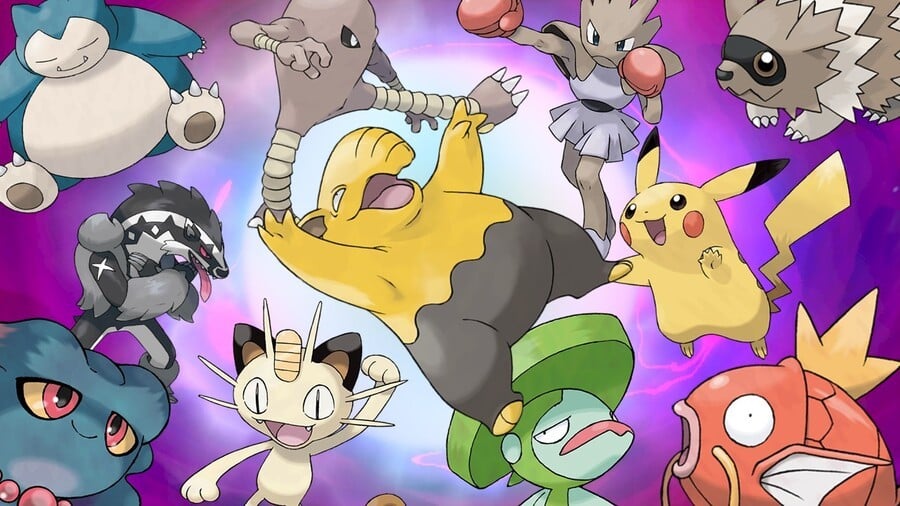
Pokémon is a juggernaut of a franchise. Countless games, movies, merchandise and mobile apps make this literally the biggest media franchise ever made in terms of cold hard cash. Of course this couldn’t have happened without long-lasting appeal, and one area that the franchise nearly always seems to nail down is the monster designs.
Every generation (arguably) adds several fan favourites that take inspiration from the new areas they are meant to represent. It’s why the latest region, Galar — based on Great Britain — has a teapot Pokémon and an adorable Corgi monster called Yamper. And after many different Pokémon regions we have a lot of interesting inspirations and origins for the hundreds of Pocket Monsters currently available.
So, here are 25 — one for every year of the franchise so far (plus some extras) — of the most interesting origin stories behind your favourite catchable creatures. Some are based on myths and legends of Eastern folklore, and some simply based on people or objects with… interesting results...
1. Snorlax
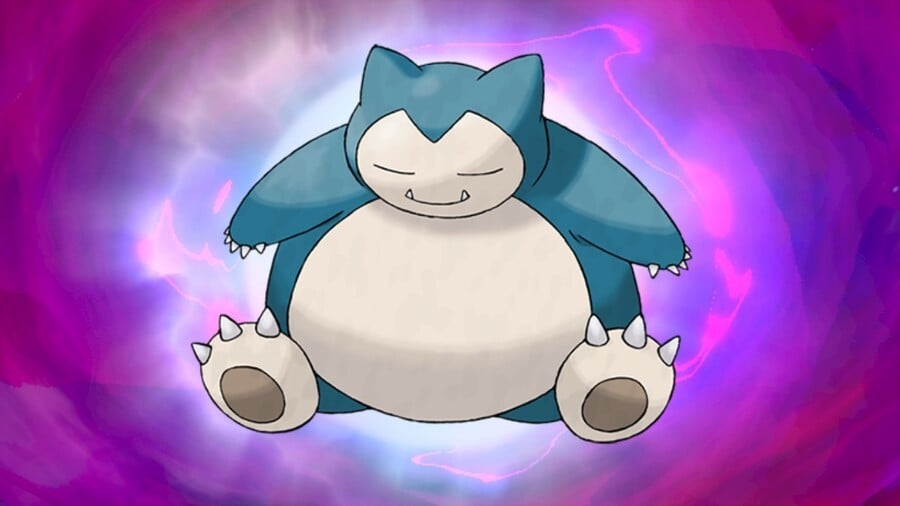
The loveable loaf Snorlax is one of the original 151 creatures and is known for its lax attitude and huge appetite. This relatable ‘mon is actually inspired by longtime Game Freak developer Koji Nishino.
Snorlax’s face and build seem based on the staffer, with the Japanese name Kabigon actually being a pun on the word Kabi which means 'mould', a nod to the fact that apparently Nishino himself was known for occasionally eating still-mouldy food.
2. Hitmonlee and Hitmonchan
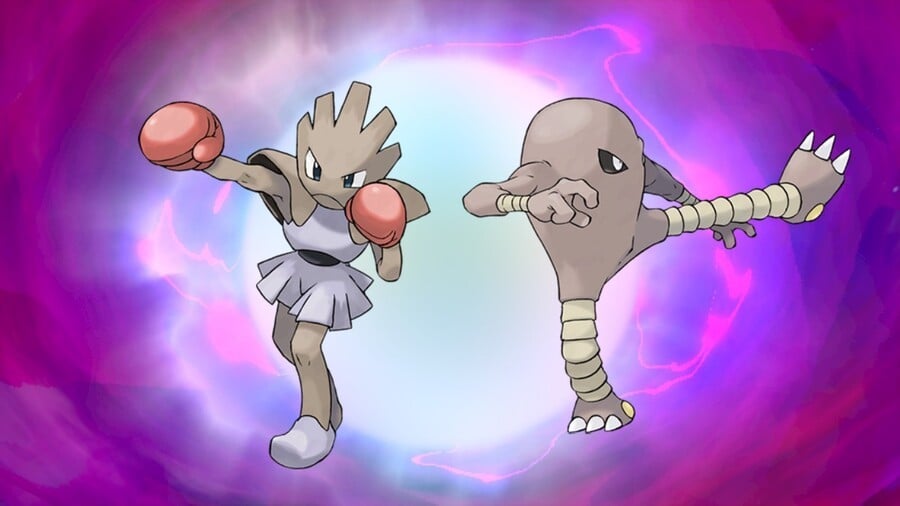
It’s fairly well-known by now that Hitmonlee and Hitmonchan are named after martial arts legends Bruce Lee and Jackie Chan, respectively. However this is only for Western audiences, and the Japanese names pay homage to different fighting icons altogether.
Hitmonlee in Japanese becomes Sawamular, based on Japanese Kick-Boxer Tadashi Sawamura, whose 95% knockout record earned him the name “The Demon of Kickboxing”. Meanwhile, Hitmonchan in Japanese becomes Ebiwalar, based on famous Japanese boxer Hiroyuki Ebihara, who became Flyweight World Champion in 1963.
3. Zigzagoon and Obstagoon

The Galarian Zigzagoon line is based on the band KISS, with Zigzagoon’s star-shaped patches around its eyes based on Paul Stanley’s ‘The Starchild.’ Obstagoon’s outfit and long tongue heavily draw inspiration from KISS frontman Gene Simmons.
In a statement to Newsweek when asked about his likeness being used, Simmons said, “Pokémon has been a part of our household for decades, ever since our kids first discovered them. And to see Pokémon pay homage to KISS is flattering. It’s a KISS world. You’re all just living in it!”
4. Kadabra
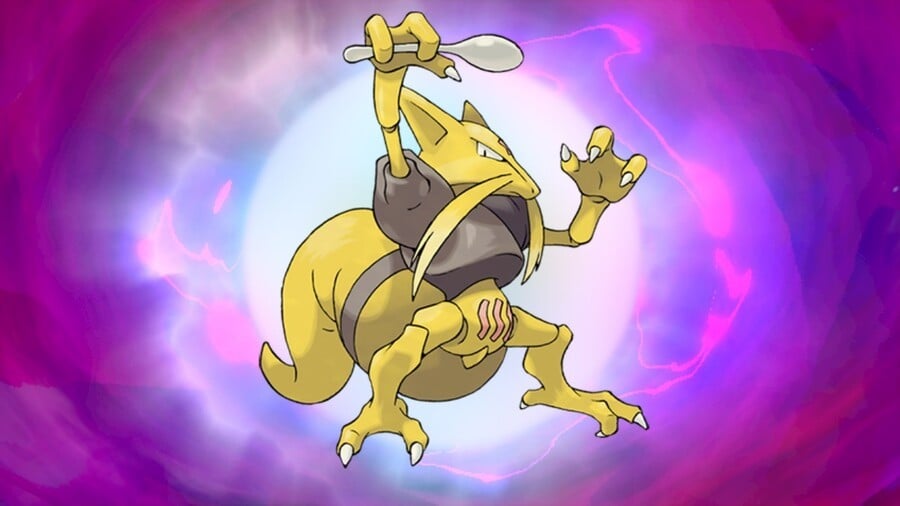
Perhaps the most famous example of a Pokémon being based on a person is the Psychic-type Kadabra, which carries with it a spoon it bends with its mind. While this is already clearly based on Uri Gellar, the Japanese name ‘Yungerer’ cements this further.
Uri Gellar filed a court case against the Pokémon company in 2003 saying that had turned him into “an evil, occult Pokémon character,” and subsequently Pokémon cards of Kadabra hadn’t been printed since 2004 and the Pokémon hadn’t appeared in the anime since 2006. He finally rescinded his ban last year, saying on Twitter, “I am truly sorry for what I did 20 years ago. Kids and grownups I am releasing the ban. It’s now all up to Nintendo to bring my #kadabra #pokemon card back. It will probably be one of the rarest cards now! Much energy and love to all!”
As an added bonus, Alakazam — the evolution of Kadabra — is named Foodin after Houdini while Abra is named Casey after American clairvoyant Edgar Cayce.
5. Kangaskhan
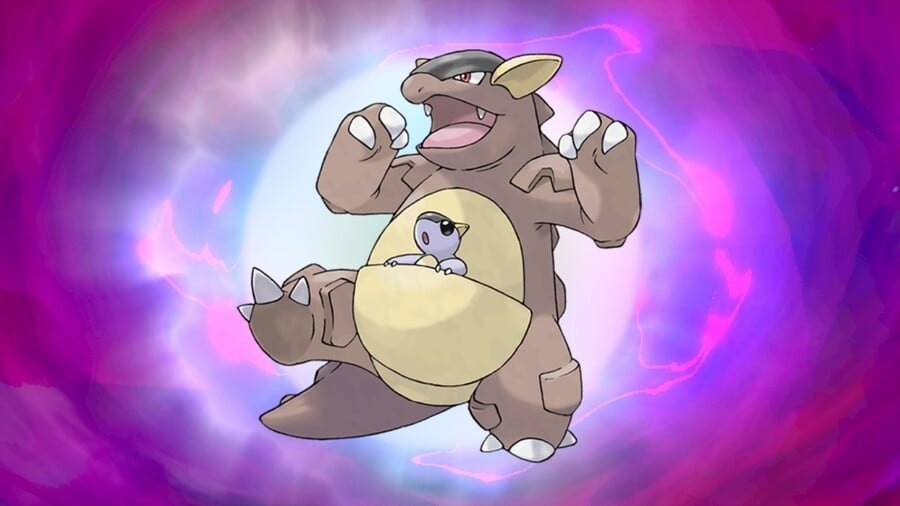
The huge maternal Pokémon Kangaskhan is based on a kangaroo, complete with a baby in its pouch, but the second part of the name also alludes to Genghis Khan. This seems like a throwaway connection except for the fact that the armour-like ridges on the shoulders of Kangaskhan emulate the scale-like armour used by Mongolian warriors.
And while pure conjecture, it’s certainly an interesting coincidence that a Pokémon so intrinsically linked to being a parent is based around a man famously known for being a father to countless children.
6. Empoleon
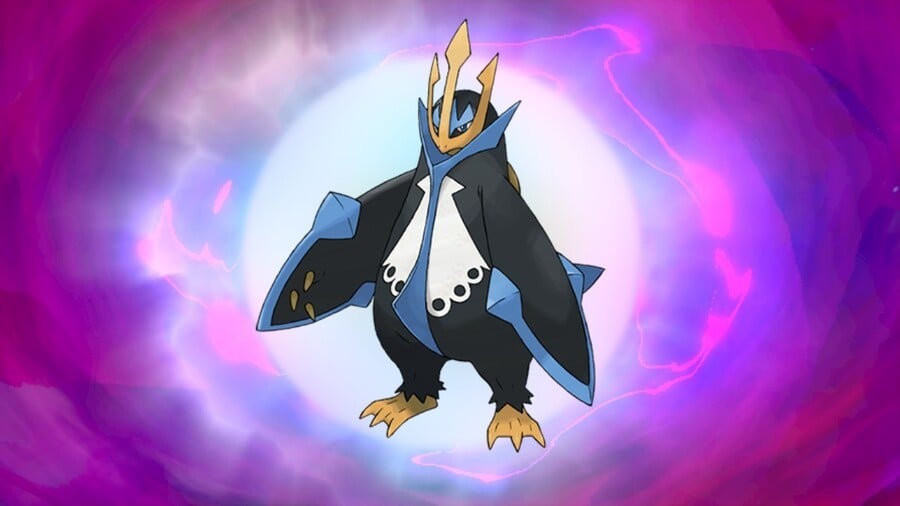
A regal penguin with steel arms, the intimidating Empoleon is named after diminutive Emperor of France, Napoleon Bonaparte. It even shares a height with Napoleon at 5’07” (or 1.7m). While the English name comes from the words Emperor and Napoleon, the Japanese name Emperte combines Emperor and Bonaparte. Empoleon is also commonly described as a proud Pokémon, with its Platinum Pokedex entry reading “If anyone were to hurt its pride, it would slash them with wings that can cleave through an ice floe”.
7. Magikarp and Gyarados
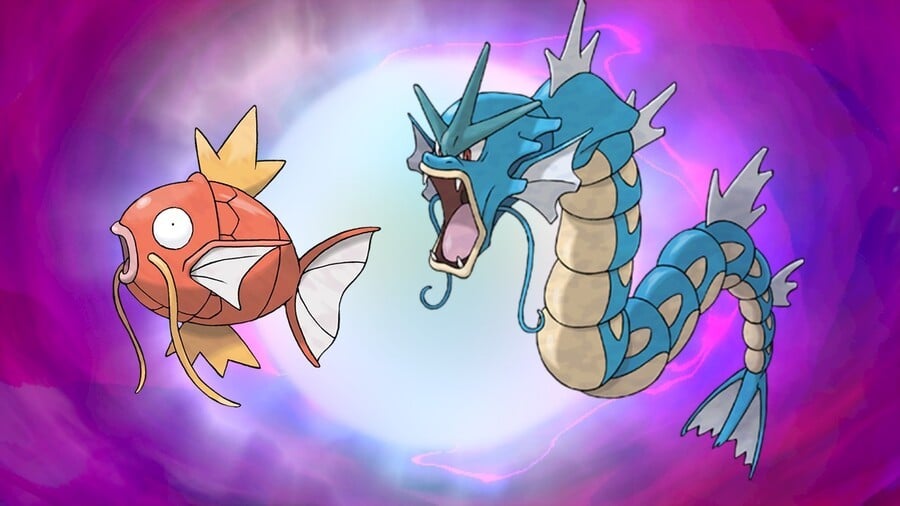
This feeble fish is basically useless until level 20 when it evolves into the giant water-dragon Gyarados. For many this transformation comes as a surprise, but it actually fits nicely alongside the Chinese proverb “The Carp Has Leaped Through The Dragon’s Gate”. This is based on the tale of The Dragon’s Fate, located at the top of a waterfall atop a mountain. Many carp would attempt to swim up the stream but very few would make it, and if one was to make the huge leap over the gate it would transform into a water dragon. This water dragon would still have large scales to show it came from a carp and the obstacles it has overcome.
This is also seemingly the influence for episode 109 of the anime “The Wacky Watcher”, which shows a group of Magikarp who return to Rind Island once a year to attempt to swim up a waterfall, with the successful ones getting to evolve. Gyarados becomes red when shiny, which could be a direct reference to many depictions of the mythical dragon.
8. Oddish
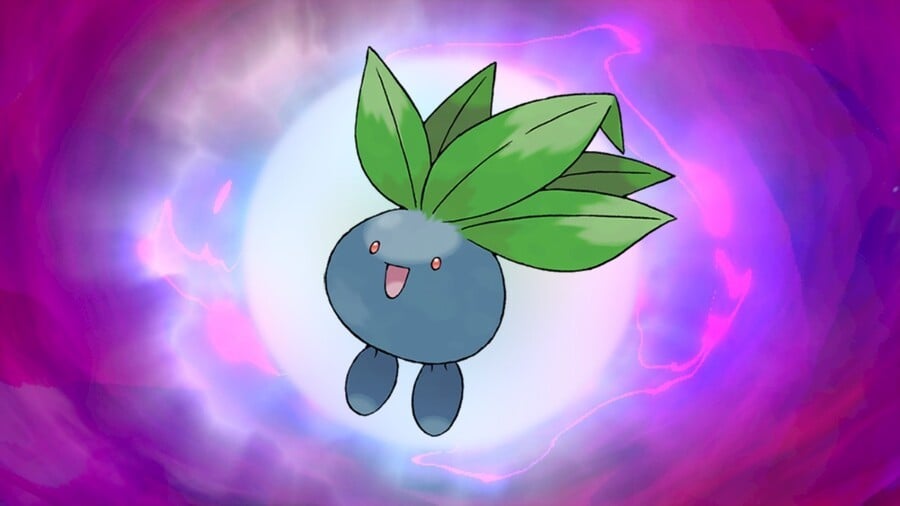
The stubby plant Pokémon Oddish is most likely based on the mythical Mandrake, with its Pokémon Yellow Pokédex entry reading:
It may be mistaken for a clump of weeds. If you try to yank it out of the ground, it shrieks horribly.
In folklore the Mandrake is meant to be a murderous plant that takes human form, but when pulled out of the ground lets out a shriek known to cause humans agony or death. While the English name is clearly based on the words odd & radish, the Japanese name Nazonokusa translates to mysterious plant.
9. Drowzee and Hypno
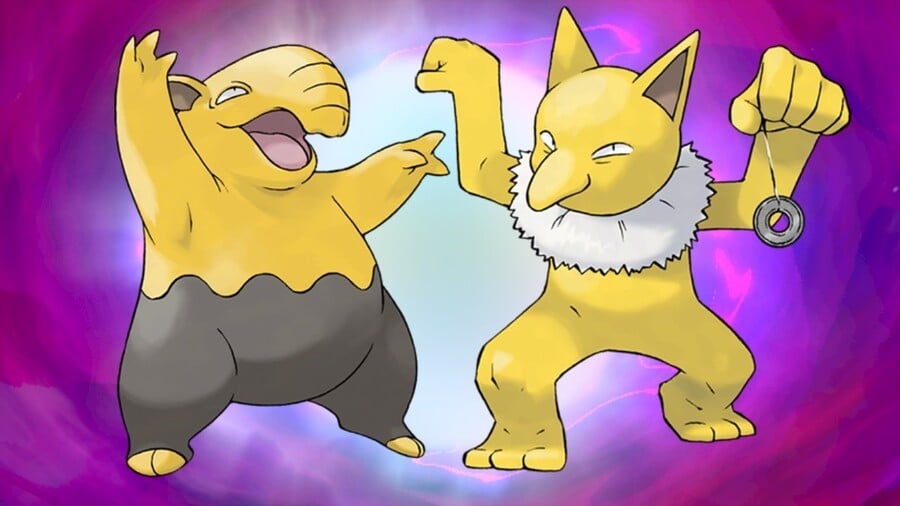
Drowzee and Hypno are Pokémon with designs that already make them unsettling, yet they somehow become even creepier when the lore behind them is explained.
Drowzee is based upon Baku, the dream-eating demon. A chimaera with the paws of a tiger, the tail of an ox, and the trunk of an elephant, this creature would come to the aid of children having nightmares. If they were awoken by a scary dream, they could call out to Baku who would come and devour the bad dream so they could go back to sleep. But children have to be careful when calling Baku because if he’s still hungry after eating the dream he may devour the child’s hopes and desires. While several Pokédex entries directly mention Baku as an inspiration, none are quite as chilling as Pokémon Silver’s entry which reads:
It remembers every dream it eats. It rarely eats the dreams of adults because childrens’ are much tastier.
Hypno is clearly based on the idea of hypnosis, so it’s said that they work together to put children to sleep and eat their dreams for sustenance.





Comments 17
Some Pokemon design based on Yokai or Japanese myth creatures.
But currently i have interest with some Yokai design from Yokai Watch than Pokemon.
I usually just go to bulbapedia to get stuff like this.
I can never unseen gyarados as the true final form of dratini, and dragonite as the final form of magikarp, thanks to the internet. It makes so much sense from their designs and colour palettes
@Kalmaro
I assumed it's where they got their info lol. Still, a fun read
@Grim Whilst I feel that the colour scheme is the only thing similar in your example, this does happen in development sometimes. Try swapping Butterfree and Venomoth.
Alright there were a couple of origins I hadn’t heard in there specifically Sneasel and Misdreavus.
It’s funny that they described Napoleon as diminutive but also listed his height which was actually around average for the time.
I am also pretty sure that the abundance of electric rodent pokemon is due to the fact that rodents often cause outages by biting through wires. It is especially evident with Dedenne holding its tail.
@Grim Aside from Dragonite’s orange being a closer colour to Magikarp’s red than Gyrados’ blue they share very little design wise. Magikarp and Gyrados share a lot of visuals and shape language. They both have the long whiskers and crown shaped fins on their back. Their mouths are a similar shape and Magikarp’s side fins are a the same shape ad Gyarados’ head fins. The ridge that separates Magikarp’s head from it’s body is even carried across in elements of Gyrados’ form. The colour is the only oddity, but maybe that also comes from the original myth?
I don’t think Dragonite was designed as Dragonair’s evolution. But it in no way looks like it was ever intended as a link to Magikarp. If anything it takes way more queues from Charmander’s evolution line, perhaps designed as a cuter Charizard initially. It shares the same orange with yellow belly and green wings as Charizard. It has legs and a head shape similar to Charmander. It even has a horn on it’s head. If it’s tail was on fire it’d be a dead ringer for that line. A lot more so that Dratini/Dragonair or Magikarp.
Nor does Gyrados really look much like it was intended as a Draginair evolution. It takes no visual cues from that line which focuses on clean, smooth and elegant lines, it goes very much against that with every element of it’s design.
Guys, you need to proof-read these articles.
Bronzor:
"and should anyone manage to break the bell her mirror, her spirit would bring great wealth." What??
Spiritomb:
"the the" come on
@BobbyAtomic as far as I'm aware the idea he was small is kinda a half misunderstanding with converting the units the French used at the time incorrectly to brittish ones and half satirical propaganda from political cartoons.
Supposedly he was actually between 5'5-5'7 range making him average for the time.
Really interesting read, I love reading about where Pokemon inspirations come from. Funny enough despite all the nightmare fuel I feel I finally have some closure regarding the trimmed down Pikachu, although he had so much more personality back then despite the limited animation and the supposed THICC that stopped him being as expressive as they would have liked.
2nd article when?
@Roibeard64
Yes.
I’m surprised by how many of these I hadn’t heard before. A lot of these Pokemon are pretty old, and I just sort of assumed most of the trivia surrounding them would have made it into my ears one way of another. I mean, I knew a few of them, but I’ve learnt a lot as well.
Isn't Golduck based on the Japanese folklore monster Kappa?
The entry on Kangaskhan is a stretch, since the original Japanese name doesn't reference Genghis Khan like the English name does.
Um, Electro Ball is a ball-shaped projectile. It's Volt Tackle where Pikachu could be said to embody lightning.
Tap here to load 17 comments
Leave A Comment
Hold on there, you need to login to post a comment...